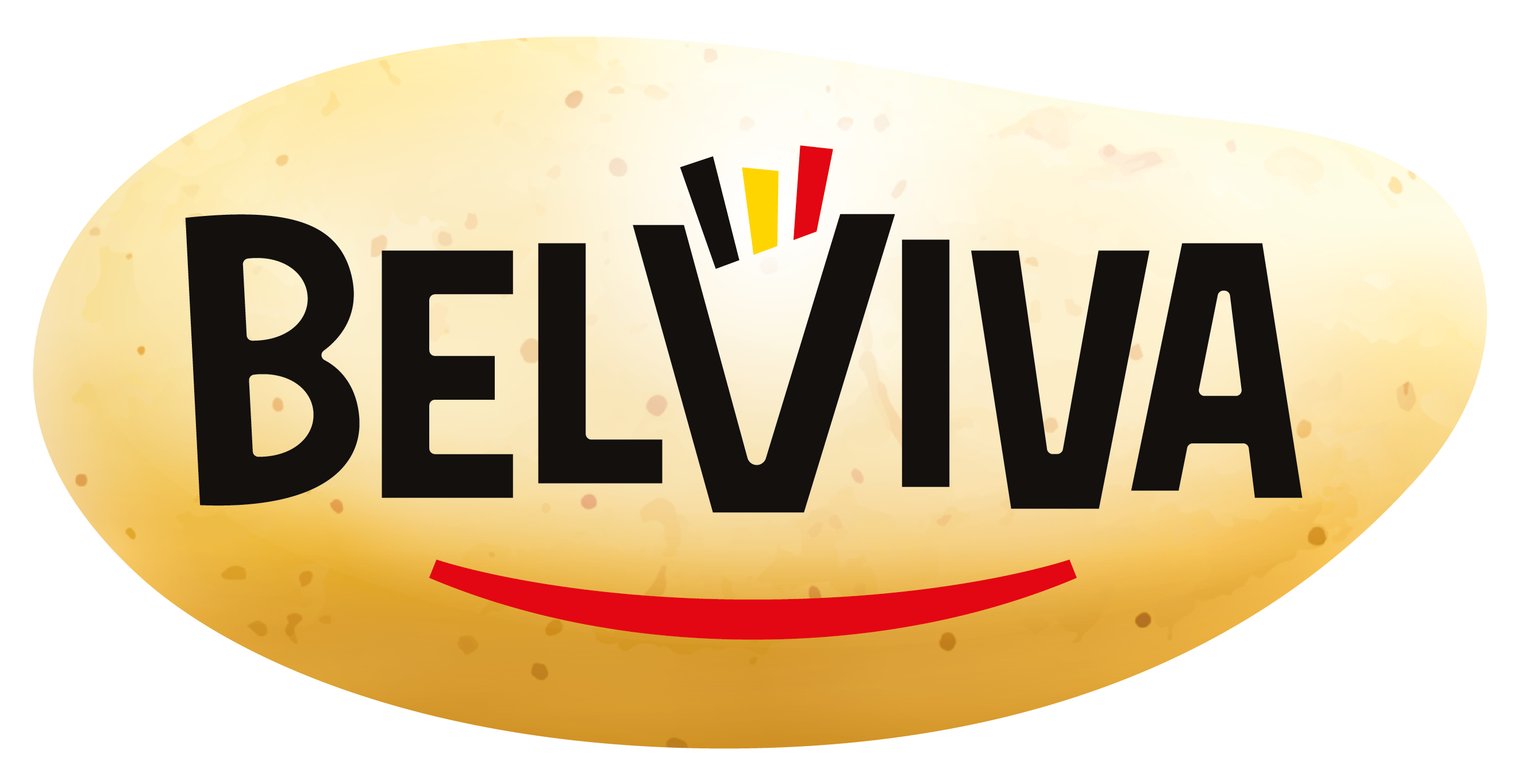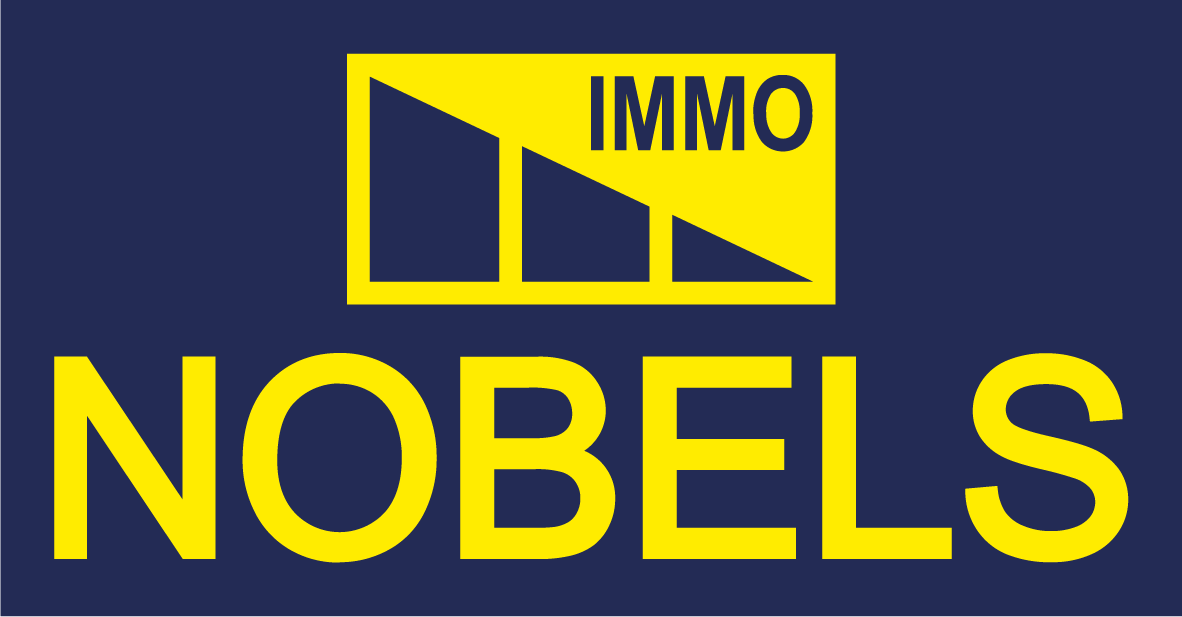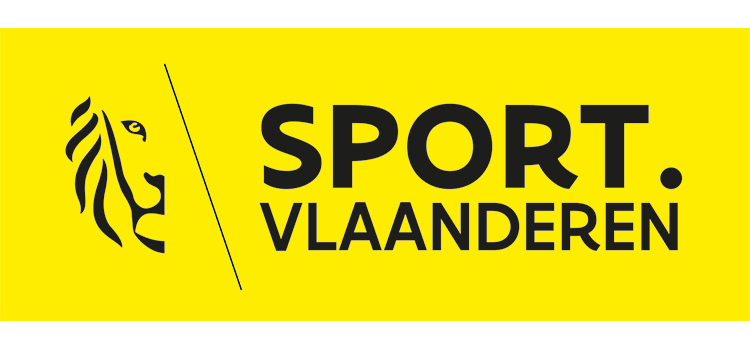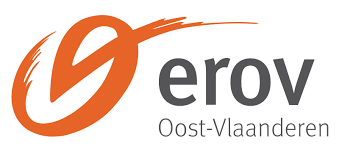The Six-Days for beginners
For some visitors this is their first visit to the Six-Days and their first introduction to this track race phenomenon. That is why we will briefly explain here what it’s all about.
Rounds and points
The winning team is the team to have covered the longest distance at the end of the competition, meaning that they have cycled the greatest number of rounds.
Although this reasoning is not quite correct because a bonus round is allocated for every one hundred points that a team achieves.
If two teams have cycled the same number of rounds, then the winning team will be decided based on the points. These points can be won in all the events on the programme of the Six-Days.
If at the end of the six-day event teams have the same number of rounds and the same number of points their ranking in the final sprint will determine which team wins.
Competitions
Team race
The team race (also called Madison) is the main event of the six-day event, because in this event you break free from the pack and then join them again from the back. As the name indicates this is a team event. Two team mates can relay with each other every X rounds (to be determined by the cyclists themselves). While one team mate sprints, the other cyclist can catch his breath on the banks of the track.
Cyclists can win points during the intermediary sprints. The team with the highest number of points in the sprints does not necessarily win the team race as the number of rounds in the team race decide which team wins the race.
Derny competitions
Without a doubt the most popular and spectacular event. Each team chooses one team mate to contest this event who is paired with a derny, a light motorcycle. The cyclists follow the derny for 60 rounds. The cyclist who first crosses the finish line wins the event.
Elimination
Individual or team event. Every 3 or 6 rounds the cyclists (team) to finish last, is eliminated. The elimination is decided based on the rear wheel. In the final sprint, when only two cyclists remain, the first one to finish in the winner.
Time trials
Per team over a distance of 500 metres (3 rounds) and individually for one round (in Ghent 166,66 metres).
During the team time trial (500 metres) the team members compete in a relay race, the track round is usually for the fastest cyclist in the team, who is brought up to speed by his team mate and then relayed.
Race for points
Both cyclists are on the track. There is a sprint for points every 10 rounds. The team with the most points wins the competition.
Super sprint
One cyclist of every team. After three eliminations the remaining cyclists ride 12 rounds, followed by a final sprint.
































